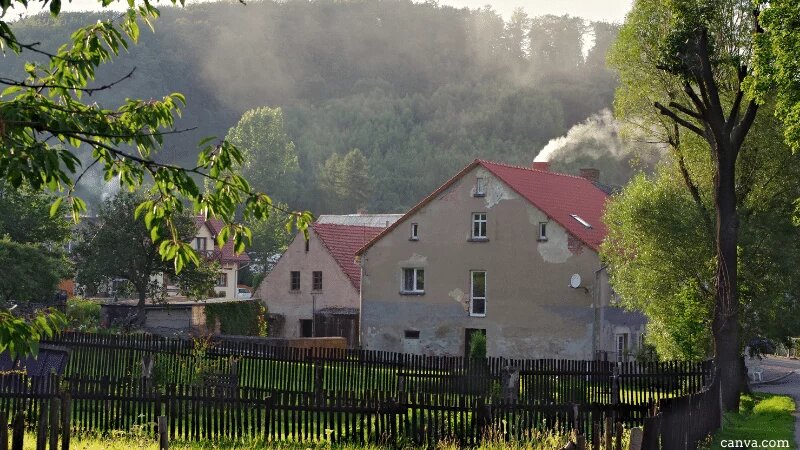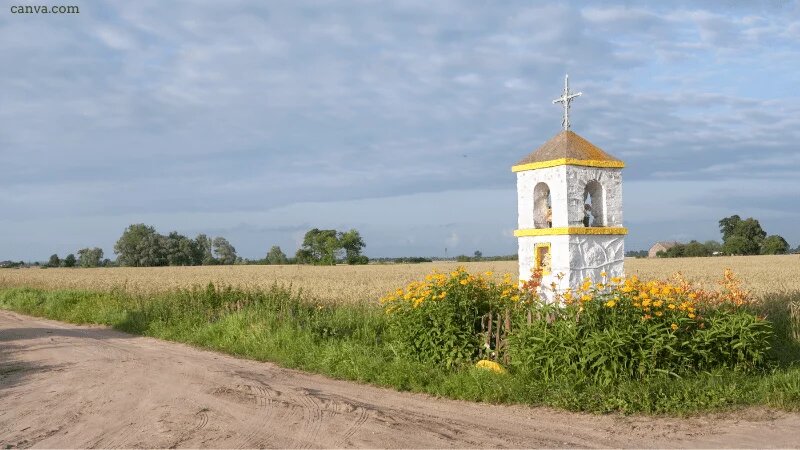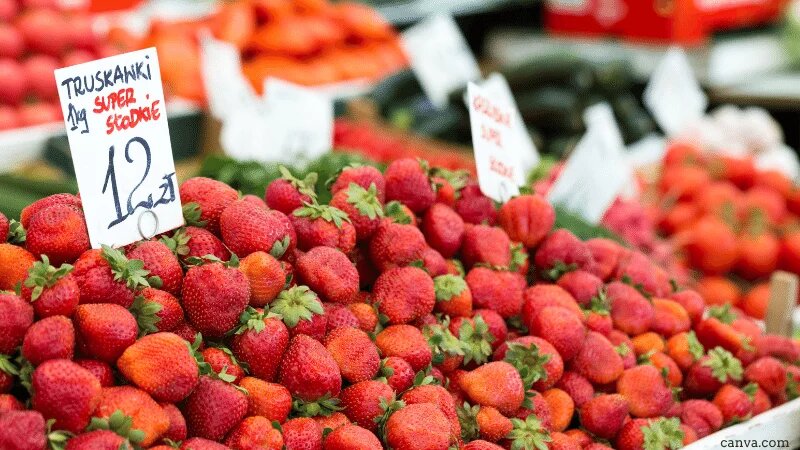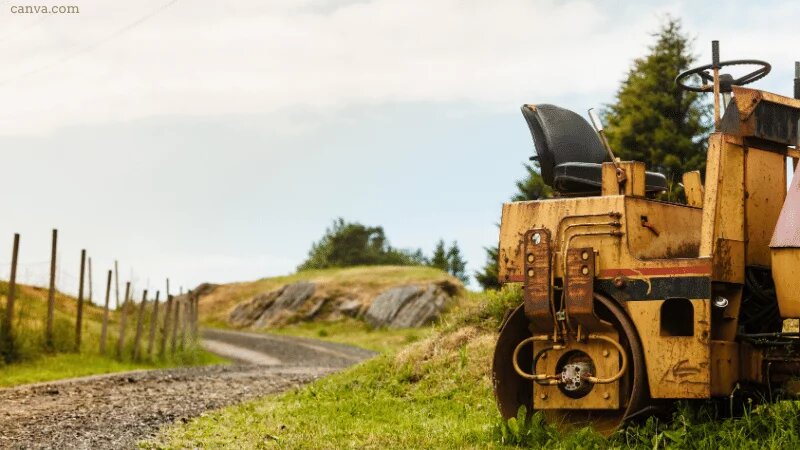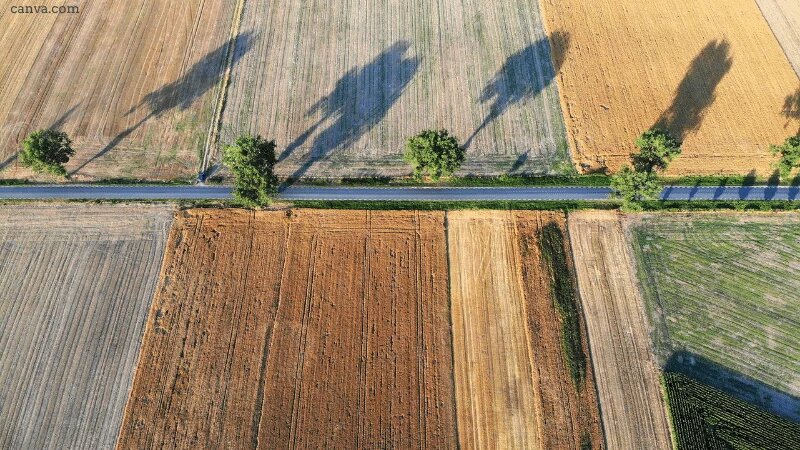
The Polish Government planning for a new Common Agriculture Policy intends a compromise between the supporters of the intensification of agricultural production in the name of the paradigm of economic competitiveness, and the voices demanding that it reflects newer, environmental realities.
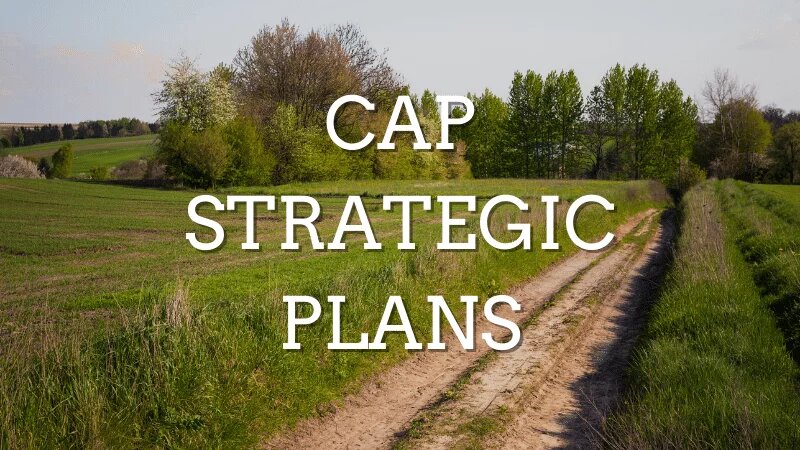
On December 18, 2020, the Polish Ministry of Agriculture and Rural Development published the first version of the future National CAP Strategic Plan for public consultation. Almost 4,000 comments were received in response.
Introduction
On December 18, 2020, the Polish Ministry of Agriculture and Rural Development published the first version of the CAP Strategic Plan for public consultation. Almost 4,000 comments were received in response. Here is the link to access the draft versions published on the Ministry’s website.
For the first time in the history of agricultural policy in Poland, there was a huge interest in planning the future of agriculture. This may indicate that the National Strategic Plan of the CAP is perceived both as a threat to “business as usual” – protected as it is by large agricultural organisations; and as hope for a real transformation of Polish agriculture, which civil society places in this document.
No wonder then, that the strategic plan rather resembles a wobbly contract: a compromise is sought between the supporters of the intensification of agricultural production in the name of the paradigm of economic competitiveness and the voices demanding that it reflects newer, environmental realities. The latter are emerging in the ideas of the European Green Deal, including its the Farm to Fork and Biodiversity Strategy, as well as in the recommendations for the National Strategic Plan submitted to Poland by the European Commission.
A new plan on a weak evidence base
The starting point to help design the intervention strategies in the National Strategy Plan in relation to the agricultural situation of each Member State is, of course, the diagnosis and the SWOT analyses.
The poor quality of these documents in the Polish strategic plan has met with significant criticism: in many cases the data was old, from varied and non-comparable sources; values were mixed or confused, while few sources were given: in short, there was an overall lack of coherence and consistency in what the government produced. For instance, the SWOT analyses did not include, among its threats, the negative impact of the use of neonicotinoids in Poland on the mass extinction of pollinators for beekeeping.
It is hard to believe that on the basis of such diagnostics of Polish agriculture, decisions can be made on what to spend CAP funds on for the next decade.
A noteworthy distinction was drawn between the civil society organisations and public institutions in the process too. The ranking of the needs for the strategic plan was done in a scoring system, with one scale being proposed to civil society organisations and a different scale to public institutions that were involved in the ranking of needs. The main difference was also that public institutions were able to propose new needs, while the civil society side worked on a closed list of needs prepared by the Ministry of Agriculture.
This methodology resulted in the creation of a list of overly general needs, without ranking, which act more as slogans specifying the supposedly most important needs in Polish agriculture. Furthermore, the needs ranked as high by the Polish government do not reflect neither the evidence, nor the Green Deal objectives. For instance, integrated pest management is ranked as high priority, whereas civil-society believes that higher priority should instead be given to increase the share of organic farming area in Poland, which is currently one of the lowest in Europe (3.4% in Poland compared to the 8% average in the EU). Similarly, the high priority assigned to support ‘areas with natural constraints’ in the Polish CAP Strategic Plan is questionable, especially if this support is given without conditions to safeguard the environmental and climate protection.
Finally, this list of prioritised needs did not include, among others, references to support for small and medium-sized farms, development of local agricultural production or the need for generational renewal in Polish agriculture.
A new plan or same old story
There are four issues that require special emphasis in the appraisal of this first draft of the CAP Strategic Plan in Poland.
1.1 Intensive livestock still untouched
The first one concerns diligent avoidance of the problem of animal production intensification. This was noted in the EC recommendations, which clearly indicated problems of the widespread use of antimicrobial agents (antibiotics), the increase in diet-related diseases in Poland and the low level of welfare of farm animals, especially poultry and pigs. In the EU context, this exacerbates the risk of not reducing agricultural emissions that would allow to achieve climate neutrality by 2050.
1.2 Water shortage out of the radar
For Poland, intensive livestock poses a significant threat in the form of water shortages in agriculture. Agriculture alone is not the main force contributing to increasingly water shortages, and other public and private investments are putting pressure on water protection through infrastructure investments disturbing the hydrogeological relations with the ecosystem, poor protection of peatlands and wetlands, deepening of rivers, the construction of deep wells in farms, to name the most important ones.
Water management is the second issue that requires considerable care in designing a strategic plan, especially due to the agricultural drought that has lasted in Poland for three years. It is particularly important that the strategic plan makes the possibility of obtaining financing for irrigation investments and insurance against drought conditional on the farmer’s actions aimed at protecting water and soil resources on his farm.
Excessive water absorption due to the development of intensive agriculture is only one of the problems. The second is related to the pollution of water from agricultural sources. 99.7% of Poland’s area lies in the Baltic Sea catchment area, and over 50% of this area is farmed. According to a scientific study conducted by HELCOM. (2018[1]), the largest area of human-induced oxygen deficiency in Europe is in the Baltic Sea.
The study demonstrates that the area of dead zones in the Baltic Sea has increased more than 10 times in the last 115 years and covers about 17% of the sea surface. The area of hypoxic zones is already about 28% of the bottom of the Baltic Sea.
1.3 Organic farming without a coherent action plan
Another, third issue is the development of organic farming, which currently occupies only 3.4% of the agricultural area in Poland (CAP indicator dashboard, 2018). Unfortunately, the draft strategic plan does not show a coherent action plan for interventions in this area, but rather an attempt to stick to the previously unsuccessful methods. Therefore, the original concept of the ministry is mainly to direct funds to promote the consumption of organic food, instead of allocating funds to advisory and educational support to help farmers start and run organic production. Above all, however, there is no plan to eliminate legal and bureaucratic barriers discouraging Polish farmers from converting into or maintaining organic production. Even the recently proposed abolition of degressivity for organic farming does not seem to be a golden remedy for a malfunctioning administrative system.
Neither was it considered that interventions encouraging young farmers to engage in agricultural activities could be directly linked to the financial incentive to choose organic production. This is, however, a pan-European problem, one that shows a lack of imagination across the EU.
1.4 Technological development: the magic spell
The last issue of the Polish strategic plan is also related to the techno-fix thinking about agriculture, which also prevails in the agricultural policy of the EU. Investments in innovation and technological development seem to be much more correlated with the sanctification of conventional agricultural production methods, based on the use of chemical pesticides and artificial fertilizers, than with the promotion of agro-ecological solutions.
Final reflections and next steps
Besides these observations, there are also other issues that have not been addressed in the Polish strategic plan, including food waste, empowering women in agriculture, and promoting a balanced diet among Polish citizens.
At the moment, the Ministry of Agriculture is reviewing comments sent to the strategic plan. It is not yet known when and how their summary will be presented to the public. Meetings with representatives of various circles are ongoing all the time. Unfortunately, some of them have resulted in the views recently expressed by Minister Grzegorz Puda. The Minister pontificated on plant-based diets as an expression of political opposition to the ruling political power in Poland, rather than a means of ensuring a safe future for present and future generations. Finger crossed, he will change his mind about using more organic fruit and vegetables in the diet instead of mass-produced meat.
[1] HELCOM. (2018) Sources and pathways of nutrients to the Baltic Sea. Baltic Sea Environment Proceedings No. 153
Download this article as a PDF
This article was first published by Arc2020.
